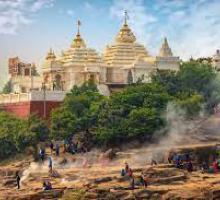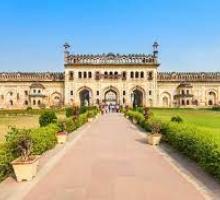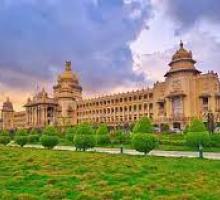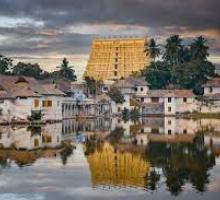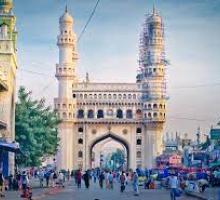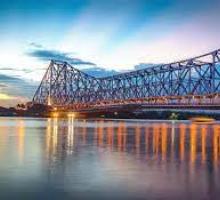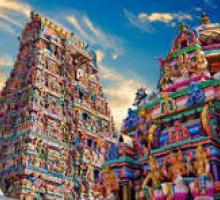An application along with processing fee of INR equivalent to USD 225 is required to be made online, to enable submission of your application. Please note that application-processing fee is non-refundable, and will not be returned under any circumstance. Kindly ensure that your production is a Feature Film, TV/Web show and series & Reality TV/Web show and series. FFO does not accept application for Documentary films, AV commercials and music videos.
Film Facilitation Office
NFDC - FD Complex,,
24 Dr. Gopal Rao Deshmukh Marg,
Mumbai - 40001
Maharashtra, India





